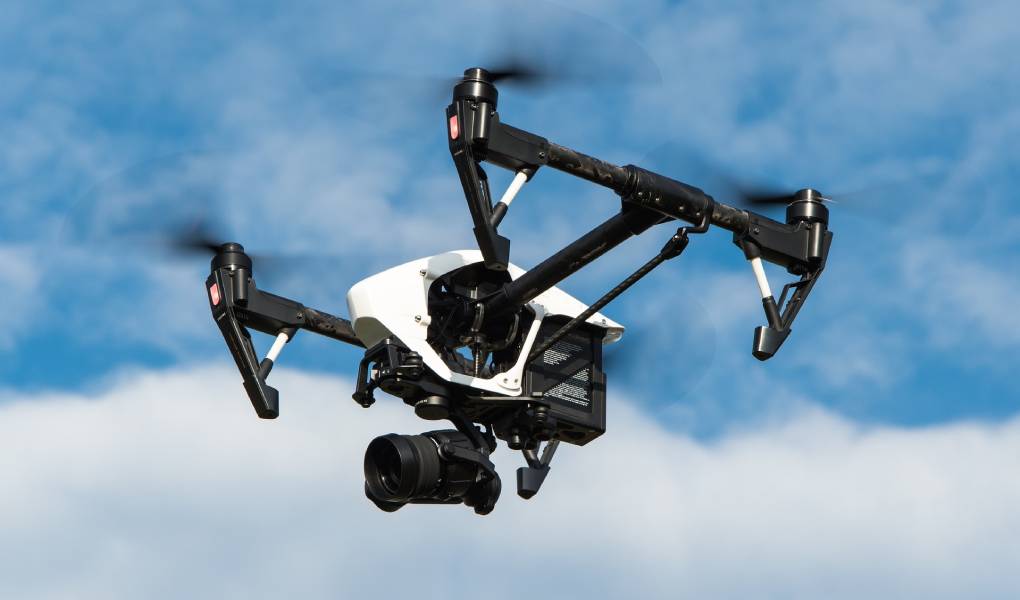It’s summer and maybe already (or soon) the holidays. We bet that you will immerse yourself with delight in reading a few novels unless you prefer the cinema. And why not science fiction with the supply chain of the future?
I remember the adventures and stories that enchanted my childhood. They were populated by flying machines, robots, and futuristic vehicles. What happened?
I don’t see them daily, but wouldn’t they already be present and not so far away? Within the corporate world, perhaps. And why not in the industry?
If there is one sector that is advancing rapidly on digitalization by rapidly integrating technological advances to transform them into competitive advantages, it is probably that of the Supply Chain. On the road to the future, with some emerging technologies and examples of their use by companies.
Robots
Robots are no longer a novelty, considering that they have been in business and industry for about three decades. But there are robots and robots. In the past, we called a robot a machine capable of intervening on the production line, with minimal autonomy or even entirely controlled by a human operator.
Today, robots have benefited from phenomenal technical advances: Artificial Intelligence, various sensors, and locomotion systems. It is now common to find real “R2D2” or “Wall-E” in warehouses, relatively (even totally) autonomous and capable of interacting with a central information system, as well as with their fellow human beings.
There are, for example, robots that perform the task they designed while avoiding humans in their immediate environment.
A perfect illustration of these advances is provided by Amazon, which uses mini rolling robots in some of these warehouses, able to slip under the shelves, lift them and transport them in perfect conjunction with the rest of the fleet, to optimize delivery and management of parcels.
What is within reach of the online sales giants today will be within reach of an SME tomorrow?
Autonomous Vehicles
In a way, the robots we just talked about are already autonomous vehicles. But they are not brought out of the warehouse and onto our roads.
We have heard a lot of talk in recent years, mainly because of the legal and ethical issues they cause, about autonomous vehicles developed by Google, among others. Thus, one of the fundamental questions is how the algorithms that will drive them will be programmed. Should they be prohibited from attempting to kill a human, even if it may cause more human severe losses as a result of this action? Where should they be allowed to cause a fatal accident if it saves human lives otherwise?
Less publicized, but just as present in design offices: autonomous delivery vehicles. And do not believe that they are utopian or endowed with particularly sophisticated and innovative forms. Some are already driving on public roads, and most experiments are based on… trucks for sale in catalogs.
There is no need to reinvent the powder, which would be particularly costly for design offices. It is enough to use existing trucks and equip them with artificial intelligence and adequate sensors. This also has the advantage of not frightening people and allowing more careful experimentation.
From a technical point of view, everything is ready for large-scale use. The ethical and legal questions remain to be settled.
Drones
More and more of you are trying the Drone adventure: a small, ultra-light machine equipped with propellers, an onboard camera for visual feedback and a connection with a remote control or, even better… your smartphone. And you have entered the world of piloting and the third dimension, vertical, with the possibility of observing the world from above and interacting with it.
The capabilities of drones have not escaped either the army, which makes extensive use of them, or companies, which are also beginning to use them. They offer at least two possibilities: surveillance or observation from a high point of view and transport of small goods or packages.
The supply chain should benefit the most from their use. We have all heard of at least one experiment publicized on a large scale: Google, Amazon again, and the Post Office have already planned to deliver parcels to the end customer by drones.
